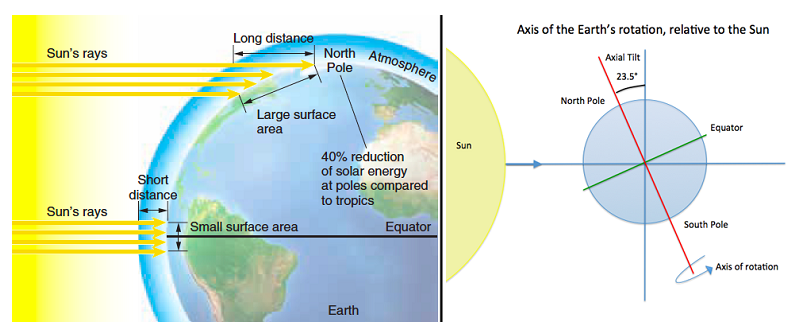Genetic risk factors:
A. can increase the likelihood of somatic
mutations.
B. can increase the likelihood of germ-line
mutations.
C. can be influenced by the environment.
D. can be heritable.
E. All of the answer options are correct.
E
You might also like to view...
Choose the true statements about the evolution of complex characters, such as powered flight.
_____ Phylogenetic analysis using cladistics can help reveal the sequence leading to the evolution of a complex character. _____ Usually a single mutation in one gene leads to the simultaneous appearance of the complex character. _____ Often the initial stage in the evolution of a complex character was an adaptation to some unrelated selection pressure. _____ The intermediate stages in the evolution of a complex character had no fitness advantage.
Which enzyme inserts nucleotides at the V-J junction to add further diversity?
A. DNA polymerase B. Terminal deoxynucleotidyl transferase C. RAG enzymes D. Reverse transcriptase
The Earth is spherical, which causes differences in the intensity of solar radiation at different latitudes. The Earth is also titled on its axis at a 23.5? angle. How do you think this tilt affects the intensity of solar radiation?

A. In the Northern and Southern hemispheres, equal latitudes receive the sun's rays at equal angles year round.
B. The Northern hemisphere has a lower intensity of solar radiation than the Southern hemisphere because it is tilted away from the Sun year round.
C. The sun's rays strike the Northern hemisphere more obliquely during its summer months and less obliquely during its winter months.
D. The Northern hemisphere has a higher intensity of solar radiation than the Southern hemisphere because it is tilted toward the Sun year round.
E. The sun's rays strike the Northern hemisphere more obliquely during its winter months and less obliquely during its summer months.
Which of the following is one of the properties of life?
a. membrane-bound organelles b. serendipity c. growth and development d. movement